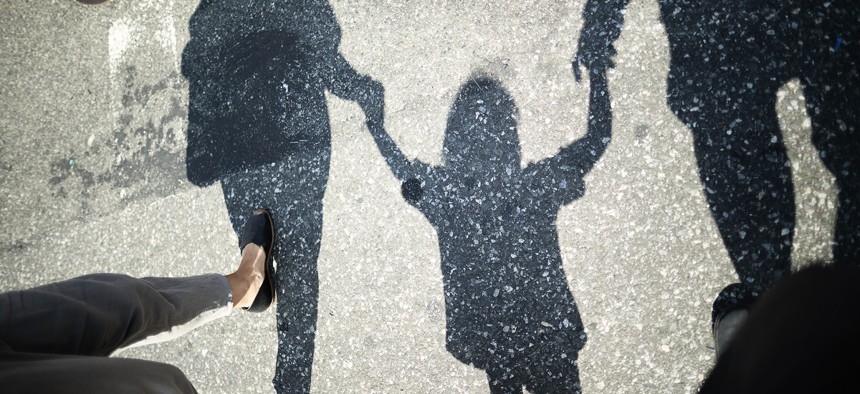New York State Senate
New York ranks low in child well-being compared to other states
New data from The Annie E. Casey Foundation shows that the Empire state has one of the worst rankings in the country for child well-being at No. 30, and the road for improvement is lengthy.

ballyscanlon - Getty
Children’s well-being in New York has improved overall in the past year, but still has a long way to go according to this year's Kids Count Data Book, published by The Annie E. Casey Foundation.
The data book indicated that New York ranked No. 30 overall compared to all other states. The book uses 16 different indicators across four categories in order to rank states in terms of children’s well-being.
According to the data, New York ranks No. 9 in children’s health, No. 16 in education, No. 45 in economic well-being and No. 36 in family and community compared to all other states.
One of the disparities that still needs improvement is in literacy. “We know that New York state is ranked 37 in literacy for fourth graders. And that's not a great score. However, when we look at a racial breakdown, we see that about 86% of Black fourth graders and 80% of Latinx fourth graders are not proficient in reading. If you flip that, that means only 14% of Black fourth graders and 20% of Latinx fourth graders are actually proficient. And that should alarm us all.” said Dia Bryant, executive director of The Education Trust New York.
The state Council on Children and Families, partnering with The Annie E. Casey Foundation, discussed the state’s efforts to improve these metrics through policy and funding in a June press release.
Some of the efforts include the launch of the state Child Poverty Reduction Advisory Council, which will develop a plan to cut child poverty in half over the next decade, and the expansion of the Empire State child tax credit to include children under 4, which will help an additional 630,000 children in New York. There will also be an Employer-Sponsored Child Care Pilot Program, dedicated towards helping workers to find child care through their jobs. New policy would also raise eligibility limits for the state Child Care Assistance Program to help more New York families access child care assistance.
Several causes are receiving multimillion-dollar investments through the state. The Workforce Retention Grant Program will receive a $500 million investment to support 150,000 caregivers. There will be a $7.6 billion investment over four years by Gov. Kathy Hochul for access to quality child care. $30 million will go towards expanding school-based mental health services, $10 million to strengthen suicide prevention programs for high-risk youth, and $12 million for in-home crisis intervention treatment for children and teens, and programs that promote early childhood development.
Bryant expressed that these moves are extremely important for the state, but that there are other proposed solutions to the problems in the data that should be considered. “One important solution is access to better maternal health care and maternal health supports, particularly for Black moms. In our state, we see Black moms dying in childbirth far more often than any other racial counterpart or peer. So one of the solutions to that is to really extend podium coverage and increased funding for home visitation and early intervention, with a direct focus on … areas where there's concentrated poverty” said Bryant. “The data shows that this really needs to be a focus of the state in general, around maternal health care.”
